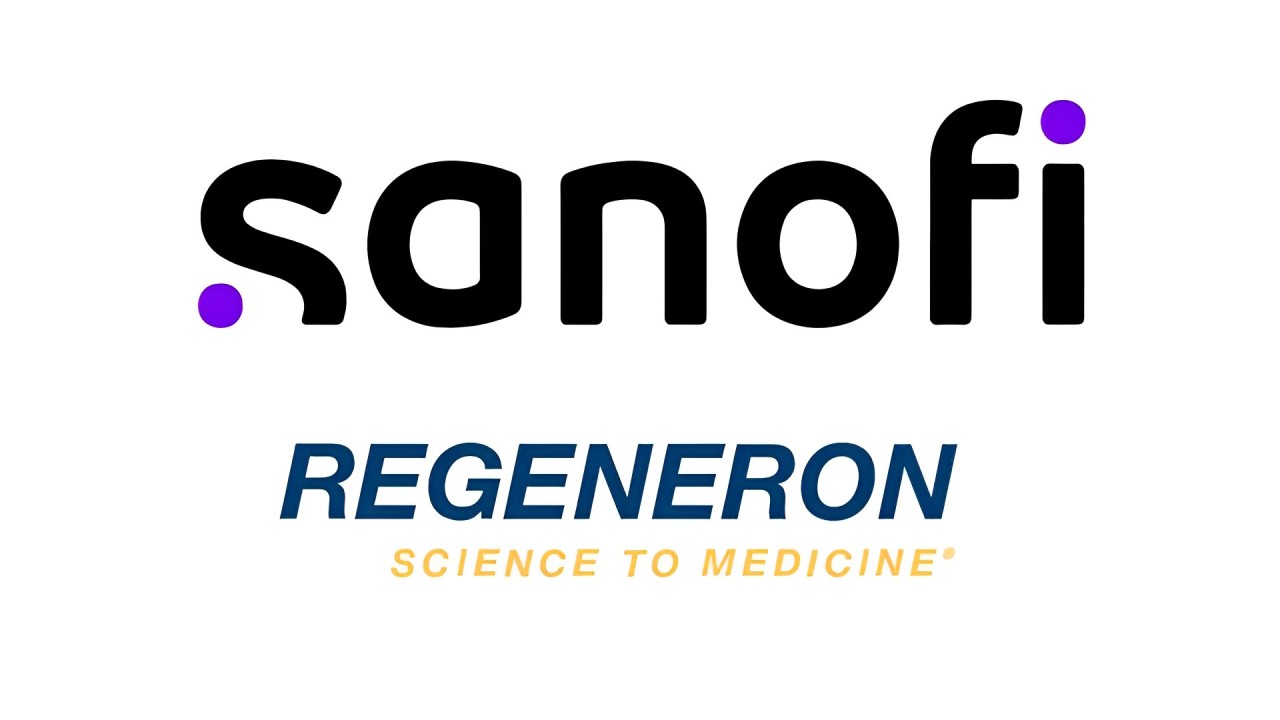Sanofi and Regeneron Aim To Win Approval For Dupixent In Bullous Pemphigoid After Promising Phase 3 Results
Sanofi's Dupixent shows promise in bullous pemphigoid, aiming for regulatory approval after key study.
Breaking News
Sep 12, 2024
Mrudula Kulkarni

Sanofi and Regeneron’s acclaimed anti-inflammatory biologic,
Dupixent, is continuing its impressive streak. On the same day the companies
announced encouraging results from a study on chronic spontaneous urticaria
(CSU) and a fresh analysis of data in chronic obstructive pulmonary disease
(COPD), new findings from a key study in bullous pemphigoid (BP) highlight the
drug's potential for another regulatory submission. In the ADEPT study,
involving 106 BP patients, those receiving 300 mg of Dupixent every two weeks
achieved sustained disease remission at a rate of 20%, which is five times
higher compared to the 4% remission rate observed in the placebo group, as
reported by Sanofi on Wednesday.
The goal was defined as achieving full clinical remission
after patients had stopped taking standard oral corticosteroids (OCS) by the
16th week, with no occurrences of relapse or need for additional treatments
during the 36-week trial. Sanofi also reported that Dupixent outperformed
placebo on several secondary measures, including a decrease in disease severity
and significant improvement in itch, among other factors.
This chronic, recurring condition is characterized by
reddened skin, persistent painful lesions, severe itching, and blistering that
can spread across large areas of the body, making patients susceptible to
infections. It predominantly affects individuals aged 60 to 80. Sanofi’s chief
medical officer and global head of development, Dietmar Berger, M.D., Ph.D.,
emphasized in the release that the blisters associated with the disease can be
"debilitating," particularly for older patients.
Berger said, “There is a significant unmet medical need for
new medicines for people suffering with this hard-to-treat disease in which the
standard of care is oral and topical corticosteroids and immunosuppressants —
treatments that have poor clinical outcomes and safety concerns, respectively,
and should be used sparingly in an elderly population. Combined with the
consistent safety profile of the other dermatology indications, these results
show the potential of Dupixent to transform the treatment paradigm for bullous
pemphigoid.”
In the older demographic studied, the frequency of adverse
events was consistent between those treated with Dupixent and those given a
placebo, both at 96%. However, certain adverse effects, such as peripheral
edema, blurred vision, and asthma, were more prevalent among Dupixent
recipients. The release noted that no adverse events resulted in death in the
Dupixent group, whereas two deaths occurred in the placebo group. In addition
to the successful ADEPT trial, a separate phase 3 study assessed Dupixent's efficacy
in adults with severe chronic pruritus of unknown origin (CPUO). Despite
showing some positive numerical improvements, this trial did not achieve its
primary endpoint, according to Sanofi.
Dupixent, which was earlier granted orphan drug status by
the FDA for Bullous Pemphigoid (BP), is now set to leverage its recent positive
study results to seek global regulatory approvals, starting with the FDA. If it
secures approval, Dupixent would become the first targeted therapy for BP in
both the U.S. and Europe, according to Sanofi.
The positive BP study results were announced alongside
Sanofi's report of promising findings in Chronic Spontaneous Urticaria (CSU),
following an earlier FDA rejection for that indication. Sanofi plans to pursue
a label expansion for CSU based on these results. Additionally, Sanofi
highlighted that a combined analysis of two Phase 3 trials has confirmed
Dupixent's significant benefits in treating COPD. The FDA is expected to make a
decision on Dupixent's COPD approval by September 27, following a prior delay.
